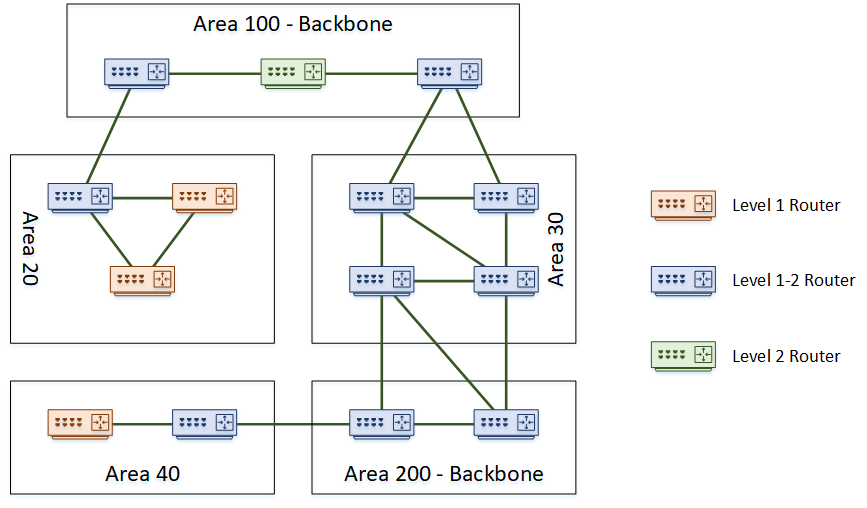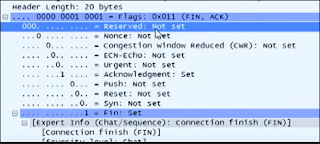Data centers are crucial components in the functioning of modern businesses. These facilities house large amounts of data and computing resources that are critical for organizations to deliver their services. The architecture of a data center is of utmost importance in ensuring that these resources are accessible, secure, and reliable. One key aspect of data center architecture is network topology, which refers to the way in which the components of a network are arranged.
There are several network topologies that can be used in a data center, each with its own advantages and disadvantages. In this blog post, we'll explore some of the most common topologies and their applications.
Bus Topology
A bus topology consists of a single cable that connects all the devices in a network. Each device is connected to the cable through a T-connector, which splits the cable's signal. This topology is easy to implement and is cost-effective, but it can become slow and unreliable as the number of devices on the network increases. In a data center context, a bus topology is not typically used as it does not scale well.
Star Topology
A star topology consists of a central device, usually a switch or a hub, that connects to all the devices in the network through individual cables. This topology is easy to install, and faults are easy to isolate, making it a popular choice in data center architecture. However, it can be expensive to implement as it requires a large number of cables.
Ring Topology
A ring topology consists of devices that are connected to one another in a circular fashion. Each device is connected to two other devices, creating a ring. Data is transmitted in one direction around the ring, and each device repeats the signal to the next device. This topology is reliable and efficient but can be expensive to implement, and faults can be difficult to isolate.
Mesh Topology
A mesh topology consists of devices that are connected to one another through multiple paths. This topology is highly resilient and fault-tolerant as data can be rerouted if a path fails. It is also highly scalable and can accommodate a large number of devices. However, it can be expensive to implement, and the complexity of the network can make troubleshooting difficult.
Hybrid Topology
A hybrid topology is a combination of two or more topologies. For example, a data center might use a star topology for its access layer and a mesh topology for its core layer. This approach allows for greater flexibility in designing the network to meet specific requirements.
In conclusion, selecting the right network topology is critical for a data center's success. Each topology has its own strengths and weaknesses, and choosing the appropriate topology depends on factors such as scalability, reliability, cost, and ease of maintenance. Ultimately, a well-designed network topology can ensure that a data center functions efficiently, securely, and reliably, meeting the demands of modern businesses.





